If you are about to start working on your grimoire or Book of Shadows, you may be wondering what the differences are between the two. Not only will we touch on that today, but we’ll also discuss some critical information about protecting your spellbook, and inspiration on what to include in yours.
Book of Shadows 📖⛤
The term “Book of Shadows” was first used by Wiccan practitioner Gerald Gardner circa 1949, and keeping one is a practice followed by many Gardnerian Wiccans — as well as other Wiccan traditions — to this day.
Originally there would be one Book of Shadows to a single coven. Spells, rituals, and other practices of the coven would be entered into the Book of Shadows once communally accepted. Over time, the coven’s Book of Shadows may be used to share these practices with new initiates to ensure that accurate coven knowledge is available to its members.
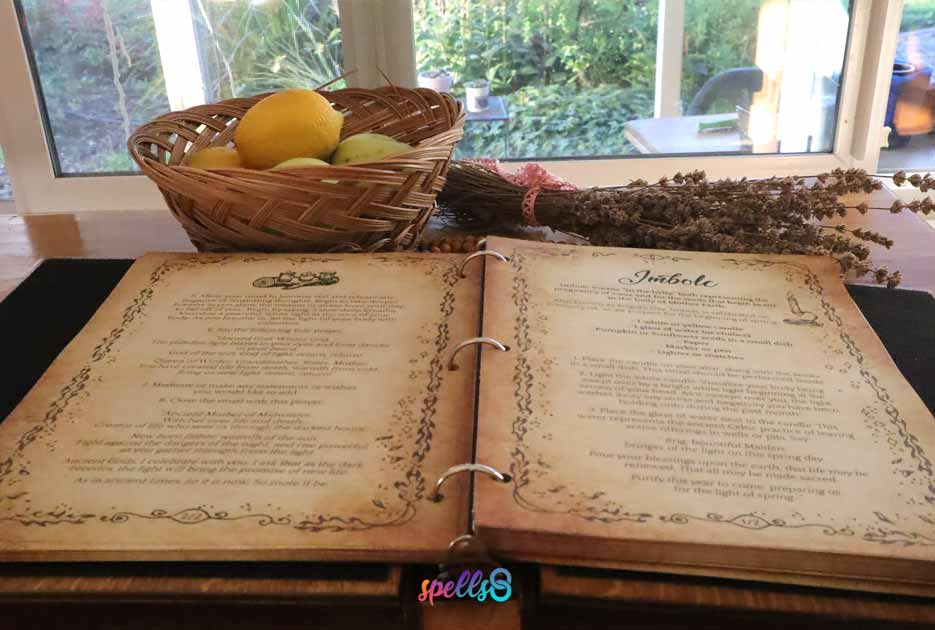
Today, there are more solitary Wiccans than those in practicing covens, but the term is still used for a Wiccan’s personal spellbook. The book in question may even be passed down through from one generation to the next.
As more and more books about the Craft were printed, and even specific Books of Shadows became publicly available, the term remained in use and became the standard for a collection of rituals. You can start your personal Book of Shadows with inspiration from our spell collection: Printable Book of Shadows Pages in PDF.
Grimoire 📜
So, what’s the difference between a Book of Shadows and a grimoire? Typically, if you are a practitioner who has not been inducted into a Gardnerian coven, then the book you’ll possess is a grimoire. A grimoire is a spell tome that any magickal practitioner may create. This is a more generalized term that includes Book of Shadows under its umbrella.
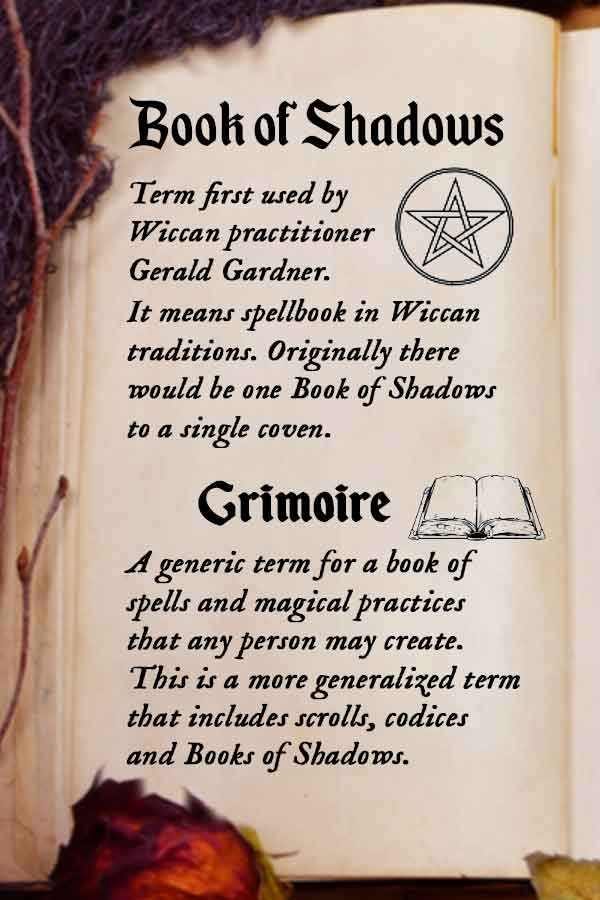
Grimoires, spellbooks, and other magickal codices have been used since ancient times and can be traced to a variety of practices and religions around the world. Much like a Book of Shadows, your grimoire can contain information on spells and rituals that you practice often or notes that you may need to reference in your spellwork or daily craft.
Historically, grimoires are described as textbooks of magick, but the meaning has evolved throughout the years. Some even believe that the subject matter of grimoires applies specifically to the practices of black magick and demonology – but a grimoire can be much more than that.
A grimoire can be purely informational or you can make it beautiful with illustrations, photographs, or pressed plants that add to your aesthetic. Some grimoires are made like gorgeous scrapbooks, pieced together bit by bit out of random articles, pictures, stickers, and tape. A grimoire may be bound like a traditional book or even made with removable pages so you can customize it to your needs the more you learn and expand your craft.
Additional Distinctions
To many modern practitioners, the main difference between a grimoire and a Book of Shadows is that a grimoire is informational and may be shared with others if the writer chooses, while a Book of Shadows contains more personal anecdotes, like a sort of personal witchcraft journal. To some, the association is not a Wiccan practice but more a reference to it being a text that is kept hidden, or “in the shadows”.
Since we’ve been seeing a rise in the witchcraft community in recent years, we can also expect to see a shift in the common terminology used with each new generation that adopts these practices as their own.
At Spells8, we decided to embrace the term Book of Mirrors, as the personal developmental journal of the Witch. You can learn how to start your own, with templates and ideas in this course: Book of Mirrors: The Modern Witch’s Journal.
How to Start a Book of Shadows
Now that you’ve decided whether a grimoire or a Book of Shadows is more fitting for your practice, here are some things you may want to keep in mind before creating your spellbook of choice.
Ideas and suggestions from our Online Coven 🔮
- Best method for a Book of Shadows
- Book of Shadows Order and Table of Contents
- Book of Shadows Cover and Divider pages
- Conversation: Book of Shadows or Grimoire?
Protecting your Spellbook
Witches that are still hiding in the proverbial broom closet may choose to protect their spellbook to ensure it’s guarded against unwanted onlookers.
This can be done by creating a sigil of protection that you place on the cover or first page of your book. If you keep your book inside another container or lockbox, you can place a sigil or protective symbol – such as a pentagram or an evil eye – on that as well.
The same can be said of protective spells and incantations performed on your spellbook. Some even choose to place a warning on the cover with the promise of a hex on any who disregard it. Whether or not you approve of hexing is up to your own personal practice.
What should you put in your grimoire or Book of Shadows?
By now you know that your grimoire should include information on spells and rituals you practice and materials you may need to reference, but what else should your book contain?
Feel free to add any incantations, sigils, ideas for spells and potions you’re developing, or any other notes regarding how your spells performed and improvements for next time. If you have any recipes or have created anything magickal, add these to your book for reference on construction later on.
Correspondences for common spell components, such as herbs and essential oils, crystals, days of the week, or candle colors can be included for reference, with more detailed pages on ingredients and tools that you use the most.
If you’re interested in astral studies or dream symbols, dedicate a portion of your book to be your dream journal, and jot down notes each morning regarding your nightly adventures. Witches who work with the phases of the moon may benefit from taking down their energies to help with spell-crafting, as well as any other astrological notes that may influence your practice.
Notes regarding your altar, like how to set it up for different seasons, sabbats, or deity work, will help in recreating past displays that you or your patron deities enjoyed. For pagans who observe the sabbats, it may be helpful to include a depiction of the Wheel of the Year and details on each of the eight major holidays.
There are no restrictions, so just make sure you’re including information that will help you in your practice. What you should keep in your own spell tome is ultimately up to you – but the possibilities are endless!

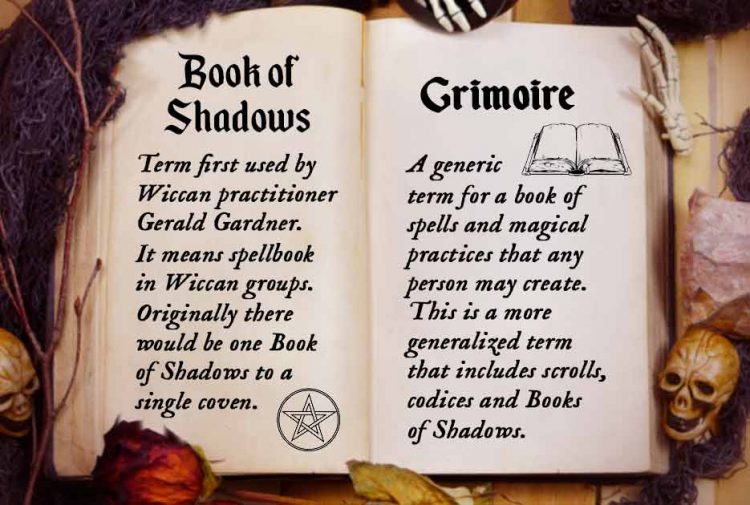
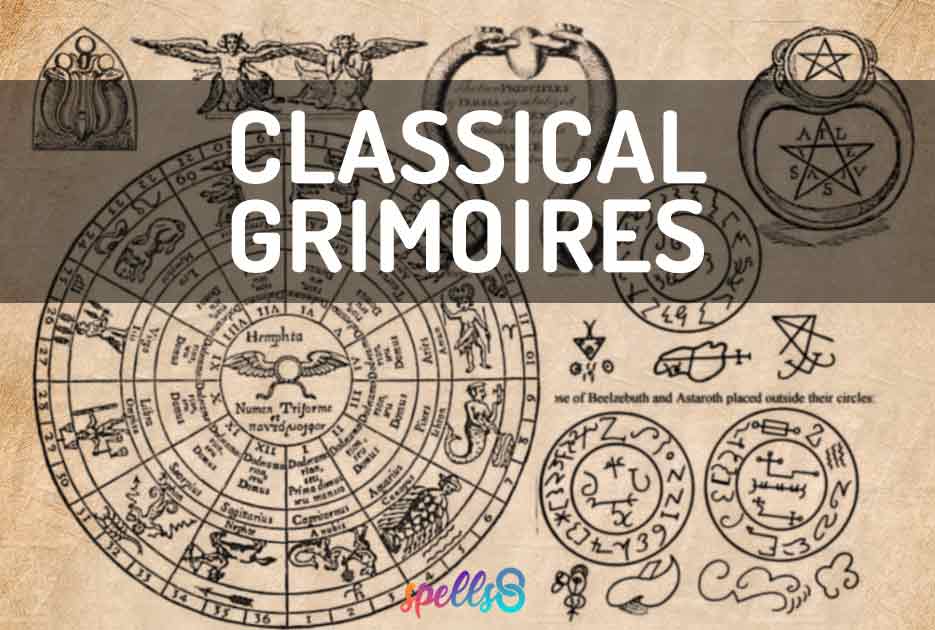
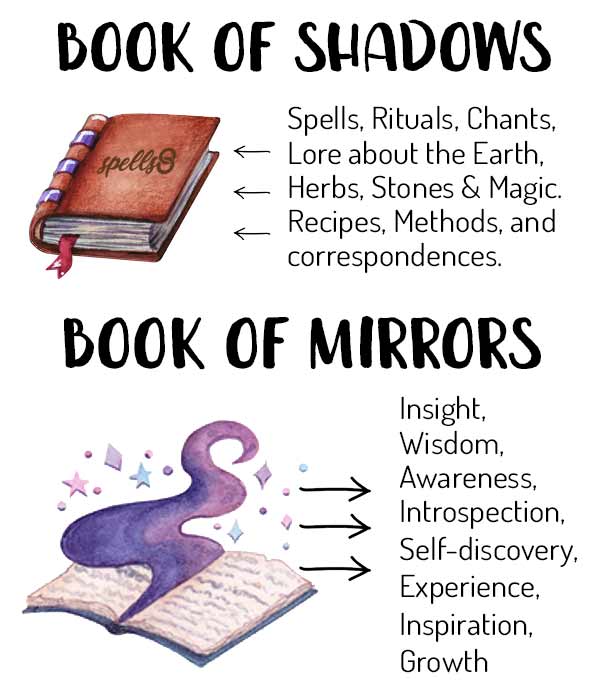
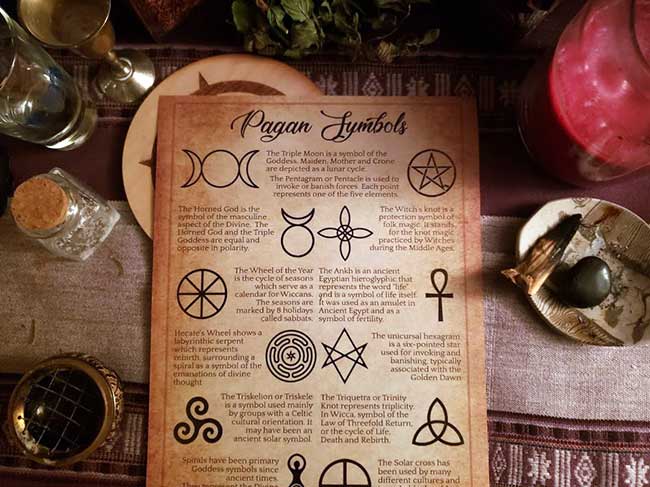
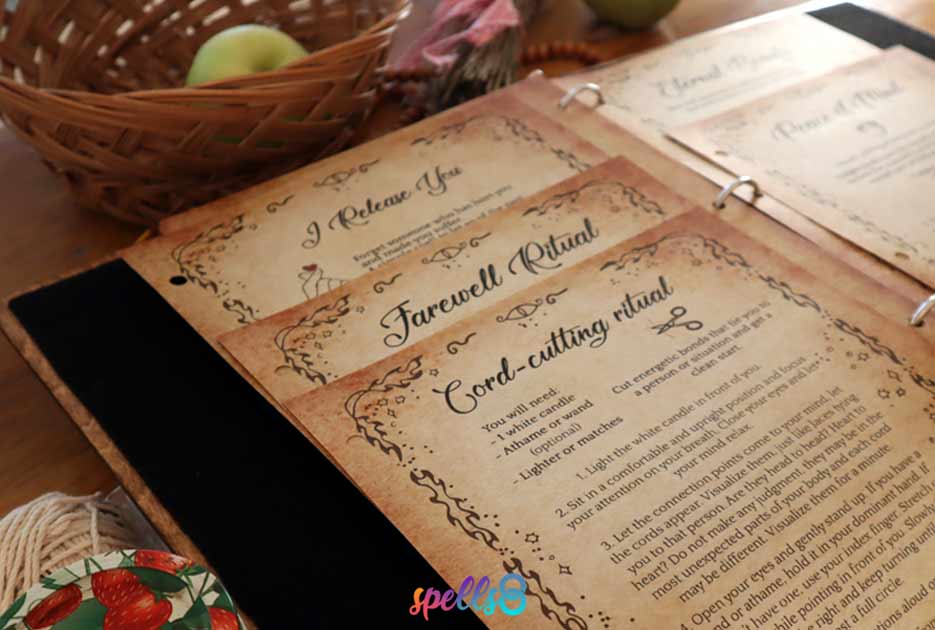
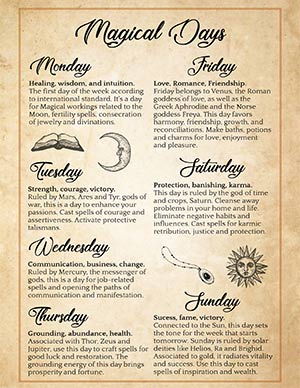





This was very helpful! I always thought they were all just different words for the same thing. Thanks for explaining the differerences!